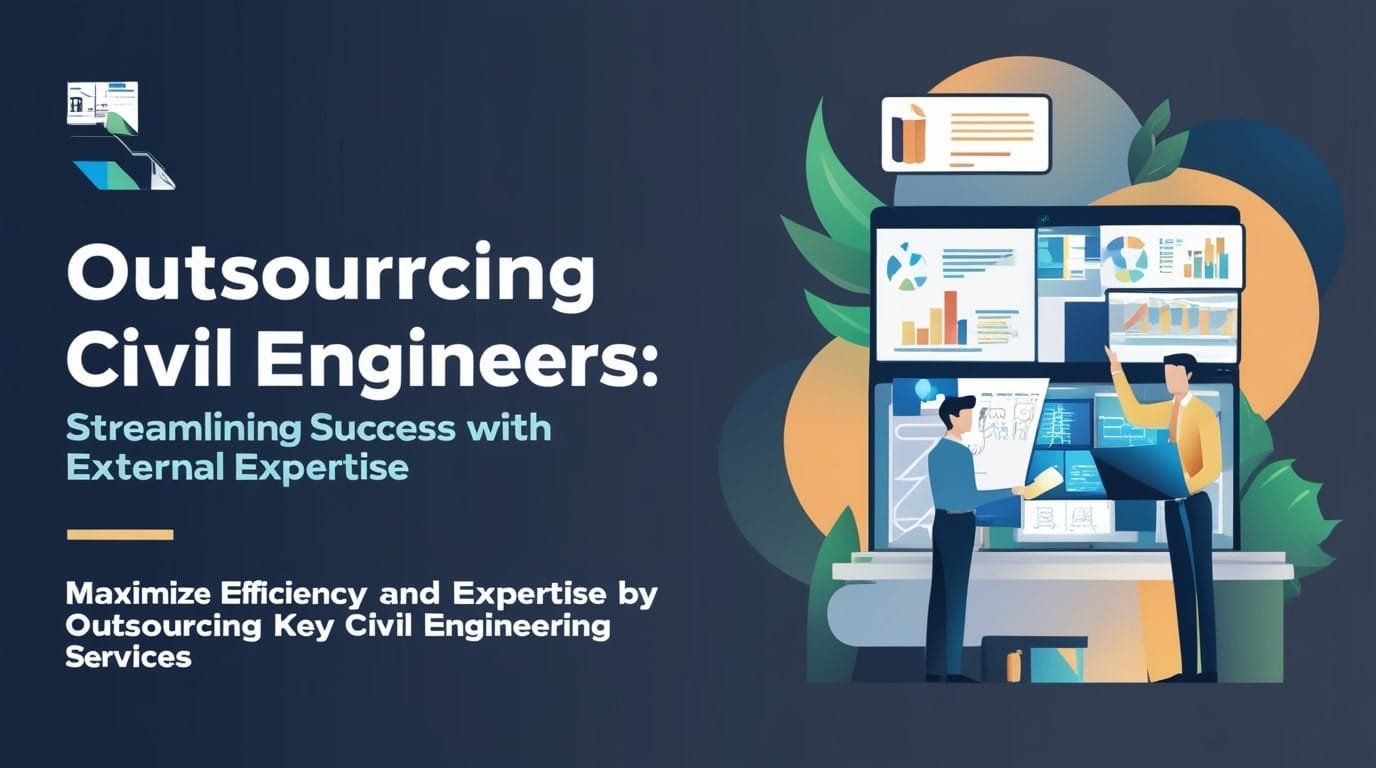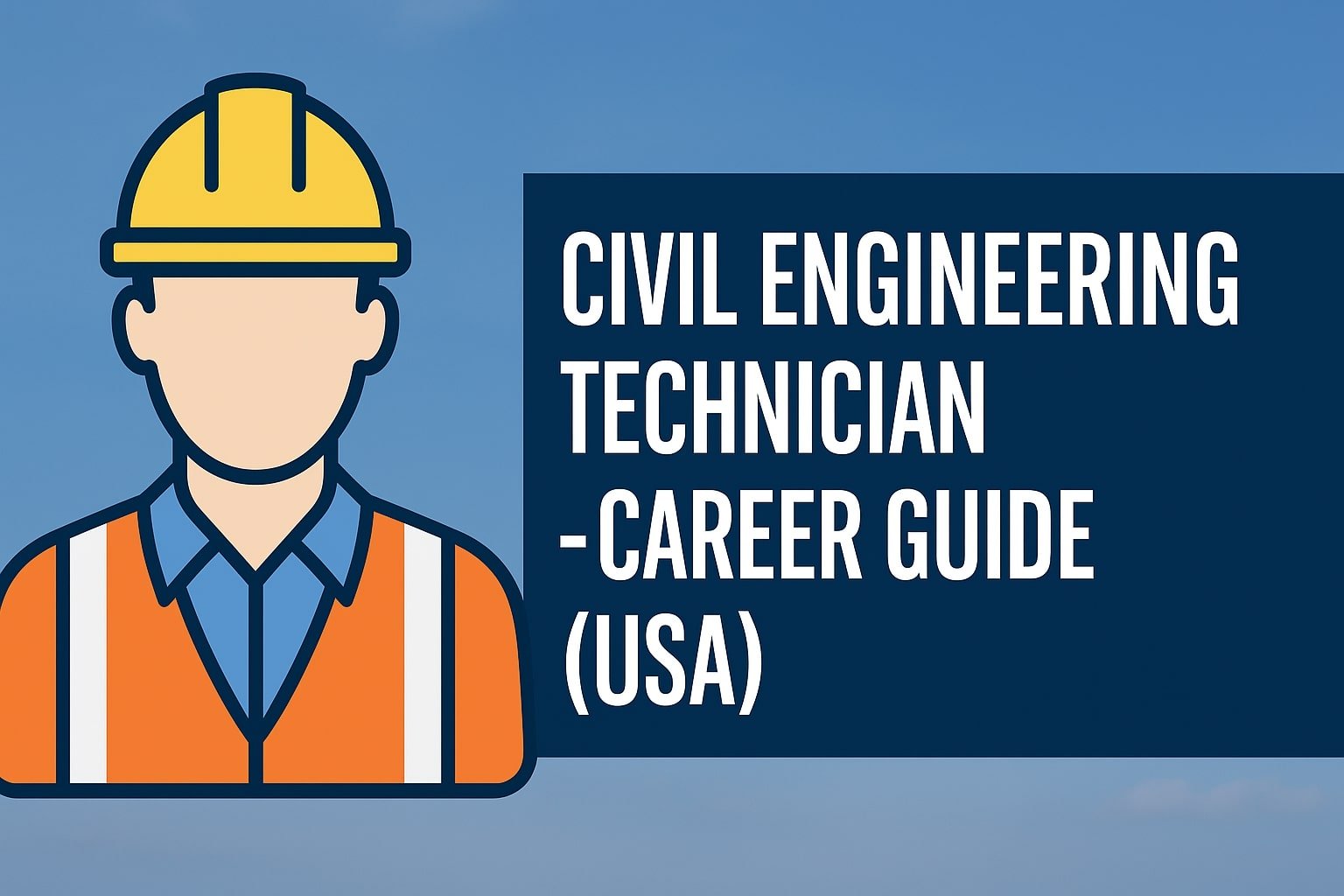A Field Application Engineer (FAE) is the link between a company’s product and the customer who needs it to work perfectly in their related field i.e. electrical, civil engineering, computer sciene and more…. In the USA, this career is growing fast due to the boom in electronics, manufacturing, and smart tech. If you’re looking for a job that blends engineering with customer service, fieldwork, and technical solutions, then this guide is for you. Here’s everything you need to know about being a field application engineer in the U.S.
What Is a Field Application Engineer?
A field application engineer is a technically skilled expert who works directly with clients to help them integrate, troubleshoot, and optimize engineering products. These professionals serve as technical advisors who understand both the product and the real-world needs of engineers, product managers, or system designers.
They often visit customer sites, attend pre-sales meetings, test product configurations, and guide customers on how to fully use the equipment or software. It’s a cross-functional role that includes both engineering expertise and interpersonal communication.
What Does a Field Application Engineer Do?
Every day is different. FAEs often travel to client sites where they demonstrate how a product works or troubleshoot complex installation issues. They explain specifications, ensure the system runs correctly, and offer after-sales technical support.
They document feedback from clients, provide insights to R&D teams, and help sales teams close deals by translating engineering details into easy-to-understand value. In a way, they serve as a technical bridge between engineering and business.
Education and Skills Required
To become an FAE, you usually need a bachelor’s degree in electrical engineering, Civil engineering, computer engineering, or a related field. Many also come from a mechanical or systems background.
You need to understand embedded systems, PCB design, circuit theory, Project Management, or network infrastructure, depending on the product category. Soft skills are critical—especially communication, presentation, and problem-solving under pressure. Experience with CAD, MATLAB, C/C++, or Python may also be required.
How to Become a Field Application Engineer in the USA
Start by earning a bachelor’s degree with a focus on electronics or computer systems. Internships at hardware or semiconductor companies help a lot. Many FAE jobs look for 3–5 years of hands-on technical experience, so start in a junior engineering or technical support role.
Certifications like Certified Field Engineer (CFE) or Cisco’s CCNA/CCNP can boost credibility. Get comfortable with traveling, presenting demos, and troubleshooting under pressure. This role requires someone who is both technically sharp and customer-friendly.
Career Growth and Opportunities
This job has a fast-growing career path. Entry-level FAEs can grow into Senior Field Engineers, Technical Account Managers, or Solutions Architects. You can also shift into product management, sales engineering, or even business development.
If you enjoy working directly with people while applying your tech knowledge, this job leads to high-value client-facing leadership roles. It’s a great option for engineers who don’t want to be stuck behind a desk all day.
Salary Guide for Field Application Engineers
Here’s a table showing average pay across top companies hiring in the U.S.:
| Company | Avg. Annual Salary (USA) |
|---|---|
| Texas Instruments | $110,000 |
| Analog Devices | $115,000 |
| Intel Corporation | $120,000 |
| AMD | $108,000 |
| NVIDIA | $125,000 |
| Keysight Technologies | $112,000 |
| Skyworks Solutions | $107,000 |
| Qualcomm | $119,000 |
| Microchip Technology | $104,000 |
| TE Connectivity | $102,000 |
Base salaries range from $90,000 to $125,000, with bonuses and stock options often pushing total compensation higher. Larger metro areas with high-tech industries (like San Jose, Austin, or Boston) typically offer better pay.
Job Outlook and Demand in the USA
There’s high demand for FAEs in industries like semiconductors, automotive systems, industrial automation, 5G networks, and AI hardware. As companies adopt more complex systems, they need customer-facing engineers who can explain and implement technology effectively.
This role is immune to offshoring because it requires on-site presence, face-to-face communication, and real-time problem solving. The U.S. tech sector is expected to continue growing, and FAEs will play a key role in driving hardware and embedded system adoption.
Top Companies Hiring Field Application Engineers
Many of the biggest names in tech regularly hire FAEs. These include:
- NVIDIA for GPU support in AI and simulation tools
- Intel and AMD for processor applications
- Texas Instruments for embedded control systems
- Keysight and Analog Devices for signal testing and hardware prototyping
- Skyworks and Qualcomm for mobile and wireless applications
Startups in the IoT and robotics space are also hiring field engineers to help with prototyping and client onboarding.
A Day in the Life of a Field Application Engineer
One day, you might visit a client’s manufacturing site to set up a new sensor network. Another day, you might be on a video call showing a team how to troubleshoot signal timing in a PCB design. Afterward, you log notes, update CRM entries, and share bug reports with the engineering team.
It’s a dynamic schedule. You work with customers, engineers, and managers—often switching between coding, traveling, and consulting. It’s technical, hands-on, and people-facing all at once.
Pros and Cons of the Career
This job pays well, offers constant variety, and involves real problem-solving. You’re never bored, and you get to travel and meet top engineers around the country. It’s also great for building industry reputation and communication skills.
On the downside, travel can be exhausting. You might be away from home often. Also, being the customer-facing person means handling pressure when things go wrong. But if you enjoy solving problems and helping people, these challenges become opportunities.
Frequently Asked Questions
➊What is a field application engineer?
A field application engineer is a technical professional who assists clients with integrating, troubleshooting, and optimizing advanced engineering products on-site or remotely.
➋How much do field application engineers make in the US?
They typically earn between $90,000 and $125,000 annually, with some professionals at top-tier tech firms making over $130,000 including bonuses.
➌What does an application engineer do?
An application engineer provides technical support, configures solutions, demonstrates product value, and helps customers solve engineering-related problems.
➍What do you need to be a field application engineer?
You need a bachelor’s degree in engineering, strong communication skills, hands-on technical experience, and familiarity with programming or embedded systems.
➎Is field engineer a hard job?
Yes, it requires travel, real-time problem-solving, and high customer expectations. But it’s ideal for those who enjoy dynamic work and technical challenges.
➏Does application engineer require coding?
In most roles, yes. Basic proficiency in C/C++, Python, or embedded development is often expected to assist with product integration and troubleshooting.
➐What is the difference between a civil engineer and a technician?
A civil engineer designs and manages infrastructure projects, while a technician assists with execution, testing, and on-site data collection.
➑How long does it take to be a field application engineer?
It typically takes 4 years to earn an engineering degree plus 2–3 years of technical experience in a related field to qualify for most FAE roles.
➒What is the highest salary for a field application engineer?
Senior FAEs working at major tech companies like NVIDIA or Intel can earn $140,000 or more with bonuses, equity, and performance incentives included.
➓What is the work of a field application engineer?
Their work includes onsite support, technical presentations, integration testing, client training, and providing feedback to product development teams.
Final Thoughts
If you’re a hands-on engineer who enjoys travel, solving real-world problems, and connecting tech with people, becoming a field application engineer in the USA might be your perfect fit. With high salaries, career flexibility, and ongoing demand, it offers a powerful mix of engineering and customer engagement.





